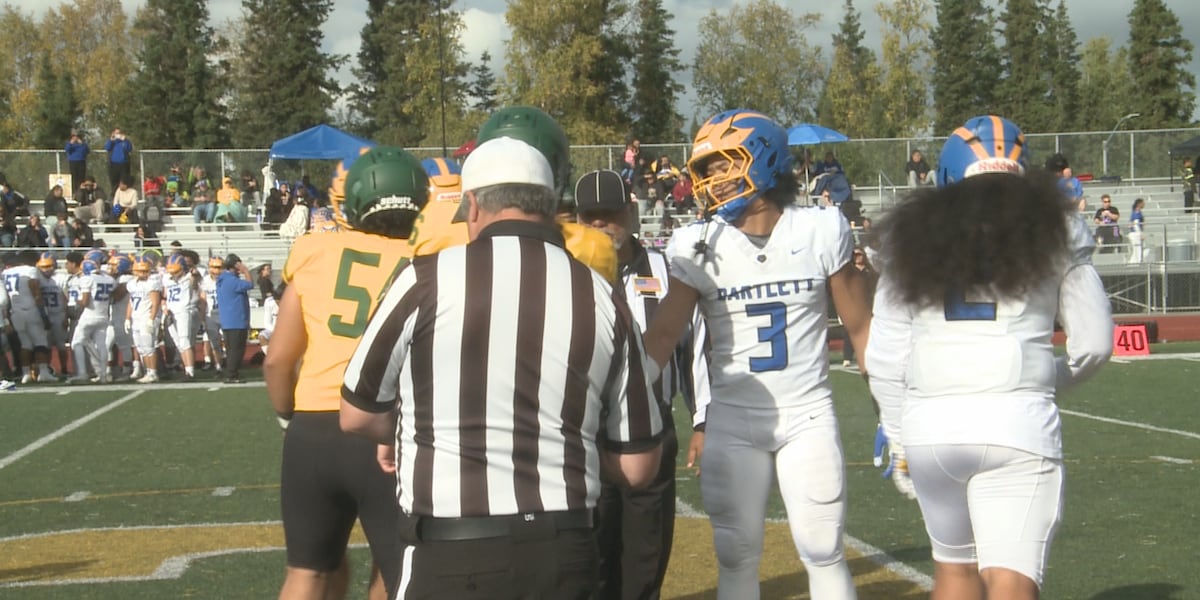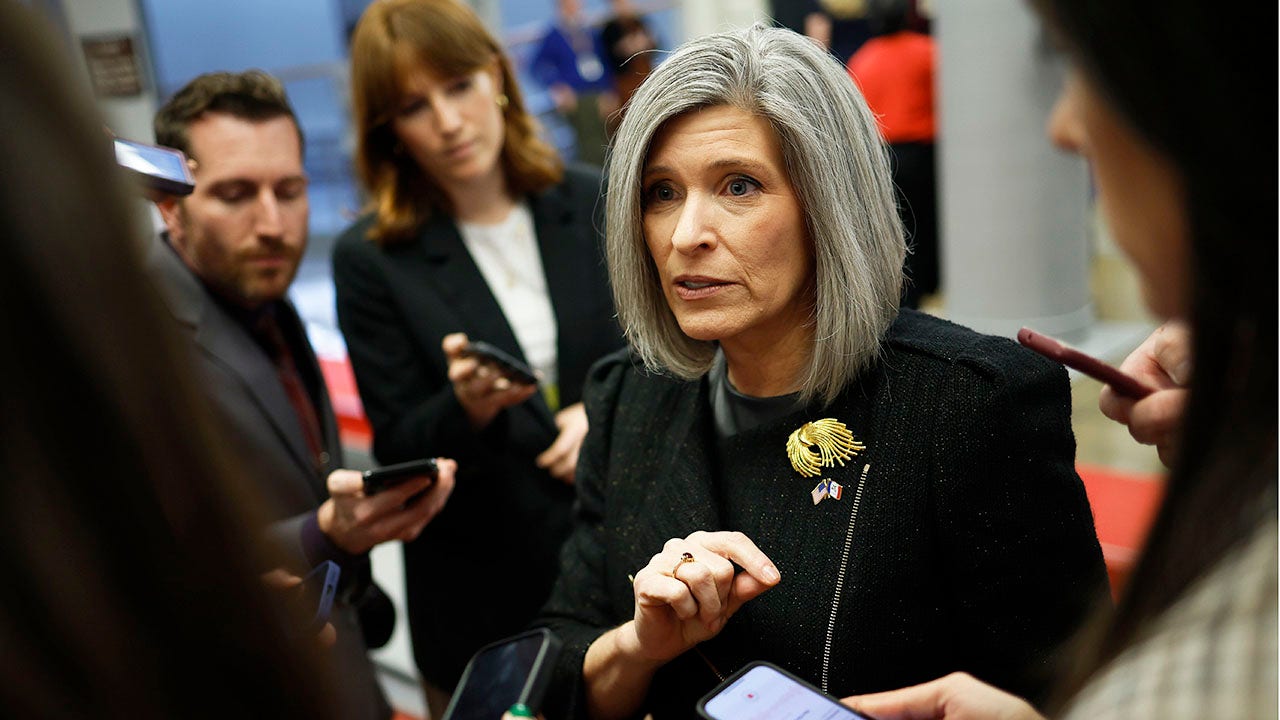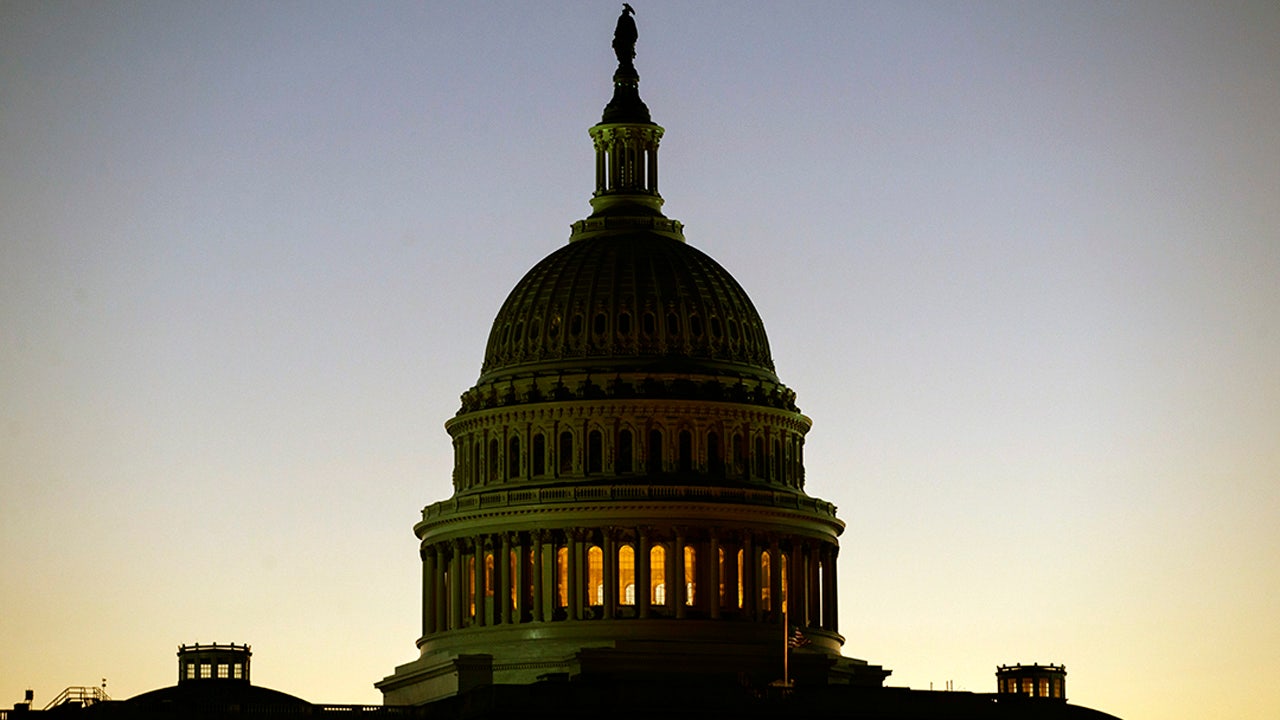TAMPA – Jesuit High School senior quarterback Will Griffin always idolized Florida Gator football legend Tim Tebow.
“I look up to him,” Griffin said.
However, it’s Tebow that is now looking up at Griffin, at least when it comes to the high school football record books.
What they’re saying:
“He’s definitely the once in a career type of player,” Jesuit head coach Matt Thompson said. “You don’t really get it that much. Not as a quarterback. I have not had a quarterback be as special as Will.”
In the first game of the 2025 season, Griffin surpassed the 10,000 passing yards career milestone. He is just the 10th player in high school football history in the sunshine state to ever join that club, according to MaxPreps. Tebow finished his career at Nease High School with 9,765 passing yards.
“10,000 was amazing,” Griffin said. “It is really hard to do that. I’ve got to remind myself that I go out here and play for the team. I am not playing for myself or the stats that follows. If you can have a good team around you and a great defense to get you the ball, a great offense that can score, the stats will naturally come.”
The backstory:
It certainly helps he was able to play varsity football as a seventh and eighth grader under Tampa Bay Buccaneers legend Mike Alstott at Northside Christian. Griffin makes it clear; however, he does not deserve all of the credit for hitting this mark.
“I wouldn’t be here if it wasn’t for the offensive line,” Griffin said. “If it wasn’t for the receivers catching my passes. If it wasn’t for the running backs running touchdowns to open up the pass. A lot of things go into it.”
READ: State Basketball Championships moving to Jacksonville after decades in Lakeland
A lot of things go into his success, but Jesuit head football coach Matt Thompson says Griffin has a lot of the traits to be successful.
“He has all of the measurables,” Thompson said. “[He has] the size, the speed, the strength and the arm strength as a quarterback. His football IQ is outstanding. He understands the game. He understands the offense. He understands the defense. He’s a total package.”
The University of Florida was impressed with those abilities and offered him a scholarship. For the kid who grew up watching the Gators on fall Saturdays, it’s a dream come true.
Going to Gainesville
“It’s just home,” Griffin said. “It felt like the right place for me to be. Very excited. I want to get there. I want to help out. I want to contribute. I want to play really badly.”
However, at this moment, Griffin just wants to soak in his last few months as a high school football player.
“I am trying to enjoy it as much as I can because I know it’s going to end soon,” Griffin said. “I want to make sure I take in every moment.”
That’s because Griffin wants to be remembered not for his stats but for who he is as a person.
“I want people to remember me more as a leader rather than going to Florida,” Griffin said. “I want it to be more like, ‘He was a leader. He gave everything to the team. He never quit. He never gave up.’”
Griffin will enroll early at Florida. He was the first commit for Billy Napier in the 2026 recruiting class.
The Source: The information in this story was gathered by FOX 13’s Mark Skol, Jr.



































